Thanks to the leak given to RAIL, exposing the secret report on HS2’s latest cost increase and delay, the Department for Transport was forced to release the document and issue a statement about the project.
It did not make for happy reading. And while Transport Secretary Heidi Alexander was right to pin much of the blame for the project’s travails on the former administration, she is by no means off the hook. HS2 will not only absorb about a quarter of all spending on transport in the rest of this Parliament, there are also key decisions to be made about how and where to spend that money.
Thanks to the leak given to RAIL, exposing the secret report on HS2’s latest cost increase and delay, the Department for Transport was forced to release the document and issue a statement about the project.
It did not make for happy reading. And while Transport Secretary Heidi Alexander was right to pin much of the blame for the project’s travails on the former administration, she is by no means off the hook. HS2 will not only absorb about a quarter of all spending on transport in the rest of this Parliament, there are also key decisions to be made about how and where to spend that money.
It certainly made the anti-HS2 brigade happy, as they received more support in the past few weeks than ever before.
Nigel Farage, the leader of Reform and a man who seeks political opportunity in any complex issue by presenting over-simplistic solutions, is on the march, demanding the HS2 axe.
So too is Simon Jenkins, The Guardian’s conservative conscience and a former member of the British Rail board, who wrote a couple of columns saying it was time to scrap the whole thing.
He has done the maths and points out that the scheme is costing £20 million per day. And it will continue to do so for the whole period covered by the recent Spending Review, which stretches to April 2029.
And it will presumably continue at a similar rate until the opening, which (as I understand) will not be until 2036 at the earliest.
The argument is reinforced by the fact that there is precious little evidence in the report by ex-KPMG consultant James Stewart to suggest that the project can be turned around.
His analysis is largely about what went wrong. And although he has suggestions on the way forward, Heidi Alexander’s statement and response to the report does not take us forward very much.
It would be easy for me to jump on this bandwagon. I have, much to the consternation of many of my fellow railway lovers, always opposed HS2.
It was an ill-conceived project with no clear aim or USP (unique selling point), drawn up in haste with all the outputs determined by the mistaken emphasis on speed and time savings, rather than what Britain needed from its transport system.
As a brilliant article by Nils Pratley in The Guardian on June 18 pointed out, the failings of the project were highlighted as early as 2013, when little had been spent.
The National Audit Office had warned that there was no clear business case, that it was impossible to ascertain whether it offered value for money, and concluded that there was ‘“a weak foundation for securing and demonstrating success in the future”.
As understatements go, that equates with suggestions that the Charge of the Light Brigade did not go very well.
Stewart’s thorough report emphasises how the desire to ensure rapid progress on the scheme meant that detailed designs were not finalised before work started, leading to inevitable late and expensive changes.
The nature of the contracts, which were cost-plus (in other words, a licence to print money), was probably the most expensive mistake, but the lack of proper project management comes a close second.
Indeed, for me, the infamous bat tunnel is doubly revealing.
This was the tale of how more than £100m was spent on building a protective cover to prevent the possibility of bats from a nearby wood being hit by the speeding train.
The whole process of determining what was needed took hundreds of hours of consultancy and eventually the scheme, which in fact cost far more than £100m in today’s money, was agreed.
As I wrote at the time (RAIL 1023), when trying to discover how we ended up with the world’s most expensive bat tunnel, I discovered that HS2 Ltd accounting processes were so sloppy that they had actually listed it as costing over £200m, and they had to explain to me that this was an error.
Not only did this show that HS2 Ltd tossed around millions of pounds with little consideration, it also did not have the common sense to just say that this level of spending on a bat tunnel was simply unacceptable.
The person in charge of the project should have had the wit to say something like: “I am not doing this. It is ludicrous, and it means we will get killed in the press. Bring me back a workable scheme costing a few hundred thousand.”
Unfortunately, the scheme is riddled with dozens of (not literally) bat tunnels.
Stewart’s report has considerable detail on the management structure and the fact that effectively no one was in charge, and that there were no system checks and balances.
He proposes a structure in which this is remedied, giving someone the power to say no to excessively expensive aspects of the scheme. But it will need the right people in place, with the power to make decisions without having to go through a host of bureaucratic processes.
As Alexander accepts, there is no quick fix.
We await a more detailed report by the new chief executive Mark Wild than the interim one he produced to go with Stewart’s document. Alexander said this will be completed by the end of the year.
Wild went through a similar process when he was appointed as head of Crossrail, after it was realised that the original completion date of December 2018 could not be met.
Therefore we (the taxpayer) must for the moment put our trust in the ability of Wild and his team to sort out the mess and actually produce a workable railway.
That is a big ask, but despite my scepticism about the HS2 project and my concerns about the further spending, I think it is the only option.
Something like £40 billion has been spent so far, and the total for the line between Old Oak Common and Birmingham Curzon Street will exceed £100bn.
The idea of abandoning the project is simply not viable.
Firstly, the contracts would have to be paid up - the beneficiaries will undoubtedly seek large amounts of compensation to which in law they would be entitled.
Secondly, such a patent failure which would leave rotting viaducts, rusting bridges and damp tunnels littered across the middle of the country will forever be a symbol of a nation which has lost its way. There will have been nearly all the downsides, in terms of money and reputation, and nothing to show for it.
For all HS2’s limitations, it will be better to have some kind of train service which can later be extended, rather than a mass of rotting infrastructure which would lead to our great grandchildren asking: “Daddy, daddy, what is that funny bridge with plants on it that no one can go on?”
Neither the nation nor the railway can withstand that. No railway project would ever again be considered worthwhile, and we could kiss goodbye to Crossrail 2 or any other major schemes to improve the network.
Meanwhile, our European and Asian counterparts are building new lines and systems for fun.
So, we just have to grin and bear it, watch the slow and painful progress of this insane project, and just hope that with sensible changes (such as possibly reducing the speed and the specifications), we may get away with a few billions.
And while I recognise the numbers are very different, as Crossrail was only around 20% over budget, who cares now that it cost £3bn more than originally estimated?
At some stage we will get a shiny train running between Acton and Aston - and perhaps even a bit further. Not worth £100bn, but at least something useful.
Login to continue reading
Or register with RAIL to keep up-to-date with the latest news, insight and opinion.

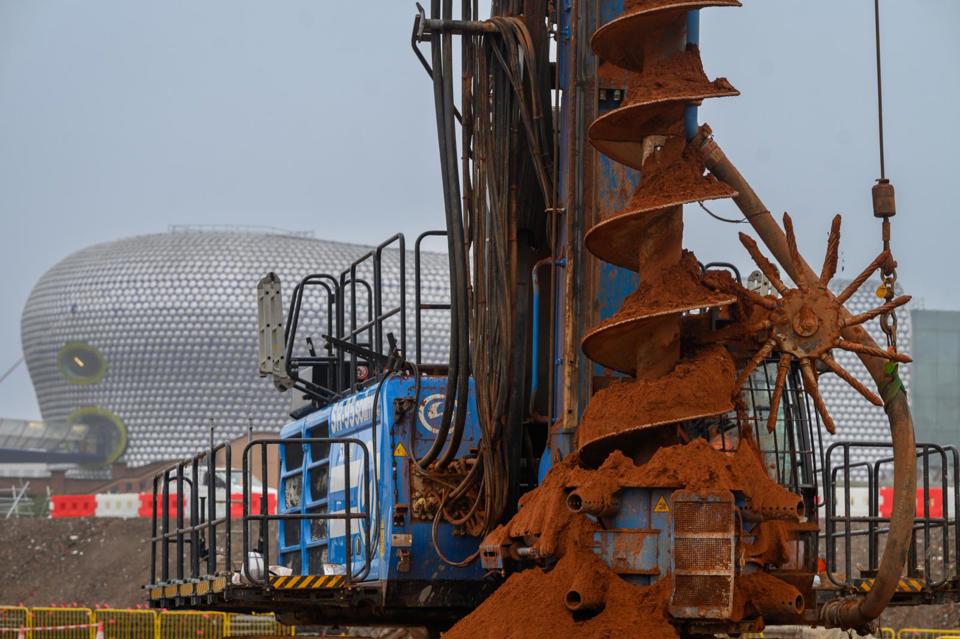

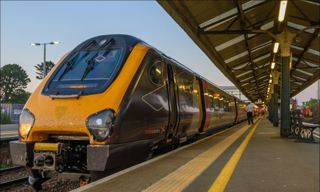
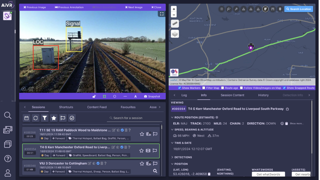
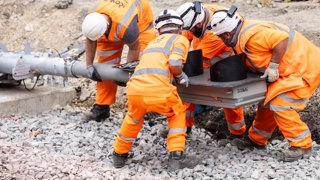
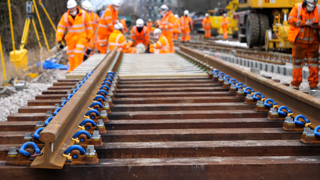










Login to comment
Comments
No comments have been made yet.